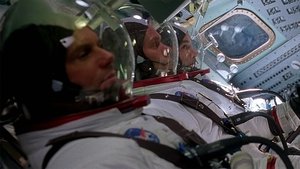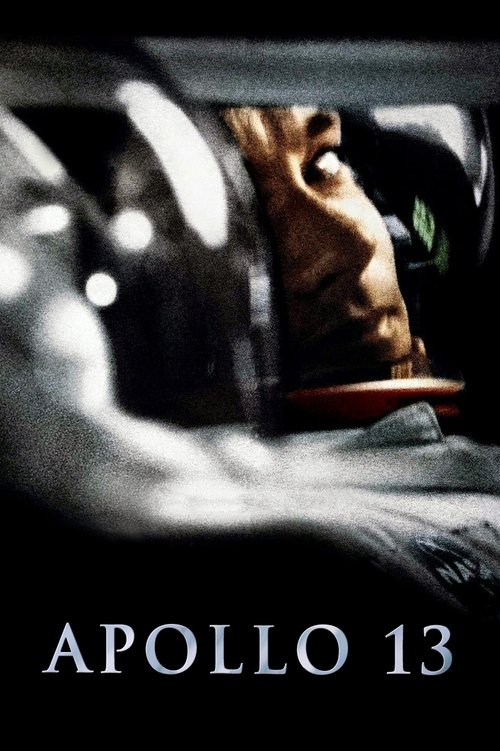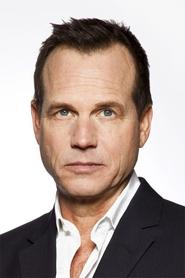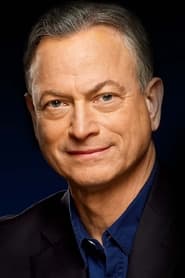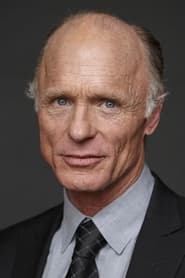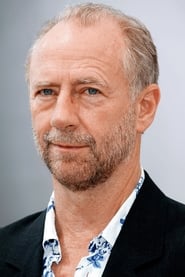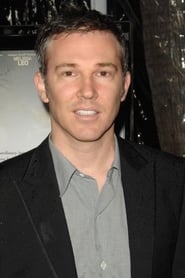Cast
View AllTom Hanks
as Jim Lovell
Bill Paxton
as Fred Haise
Kevin Bacon
as Jack Swigert
Gary Sinise
as Ken Mattingly
Ed Harris
as Gene Kranz
Kathleen Quinlan
as Marilyn Lovell
David Andrews
as Pete Conrad
Xander Berkeley
as Henry Hurt
Christian Clemenson
as Dr. Chuck
Brett Cullen
as CAPCOM 1
Loren Dean
as John Aaron - EECOM Arthur
Clint Howard
as Sy Liebergot - EECOM White
Ben Marley
as John Young
Marc McClure
as Glynn Lunney
Tracy Reiner
as Mary Haise
Crew
Director
- Ron Howard
Producer
- Brian Grazer
Reviews
Wuchak
_**Cinematic account of the ill-fated Apollo mission**_
In April, 1970, the Apollo 13 mission to the moon is aborted after an explosion causes internal damage. The three astronauts and Mission Control must now focus on merely surviving and getting back alive, if possible.
Directed by Ron Howard, “Apollo 13” (1995) is a solid account of the real-life events and obviously influenced “The Martian” twenty years later, which is even better, albeit not based on historical events.
I suppose this zeroes-in on the weakness of this movie: If you’re familiar with the account you know how the story ends, which diminishes suspense. Nevertheless, I found it interesting to observe the living conditions and challenges of real-life astronauts, as well as the resolve and ingenuity of the people at Mission Control to work with what’s available and to figure out how to get the astronauts home.
The film runs 2 hours, 20 minutes. CAST: Tom Hanks, Bill Paxton, Kevin Bacon, Gary Sinise, Ed Harris and Kathleen Quinlan.
GRADE: B/B-
Jun 14, 2020
CinemaSerf
This does take a while to get going, but once space-bound, it proves to be quite a compelling tale of three astronauts who find themselves stranded in their spacecraft after an oxygen tank blows up. Ron Howard now presents us with a potently claustrophobic couple of hours and the men - Lovell (Tom Hanks); Haise (Bill Paxton) and Swigert (Kevin Bacon) must work with their ground control colleagues led by Mattingly (Gary Sinese) and Kranz (an excellent Ed Harris) to try to calculate some way of getting them back to safety before their remaining oxygen and fuel runs out. Meantime, we also get a sense of the mortality of these travellers from their partners left on Earth - not least from an on-form Kathleen Quinlan (Marilyn Lovell). The screenplay is based on the book by Lovell, and reeks of authenticity. There is little need to embellish it with special effects; the sets adequately convey the dangers and sense of confinement as the clock ticks down. The dialogue is strong - pithy and lively but also well based in science. That enables Hanks to turn in one of his more convincing, less quirky performances which gels well with his acting co-stars. History tells us the ending, so it is not that the film has jeopardy - it hasn't, really. What is does have is an accumulated sense of peril and it demonstrates well how adaptable and innovative the human brain can be when facing almost certain death. The production is top drawer - understated but effective, and the score from James Horner is one of his lesser known, but none the less effective for that. A really well photographed example of a well directed, strong story with an equally strong cast that is well worth a watch.
May 30, 2022
Thematic Analysis
As a dramatic work, Apollo 13 examines complex human relationships and emotional struggles against the backdrop of a period setting that reflects societal issues of its time. The character development particularly stands out, offering viewers a chance to reflect on their own life journeys.
Director Ron Howard brings their distinctive visual style to this film, continuing their exploration of themes seen in their previous works while adding new elements. Their approach to character development and emotional depth creates a viewing experience that rewards close attention.
Released in 1995, the film exists within a cultural context that now offers viewers historical perspective on the social issues of that era. Its critical acclaim reflects its artistic achievements and its place in cinema history.
Did You Know?
- The production of Apollo 13 took approximately 6 months from pre-production to final cut.
- With a budget of $52.0 million, the film proved to be a financial success, earning back its investment and more.
- The final cut of the film runs for 140 minutes, though the director's initial assembly was reportedly 186 minutes long.
- The director insisted on using practical effects whenever possible, reserving CGI for only the most necessary scenes.
- The film contains approximately 2040 individual shots.
- The costume department created over 104 unique costume pieces for the production.
Historical Context
- In 1995, when this film was released:
- The internet was beginning to transform communication and information access.
- The end of the Cold War was reshaping global politics.
- Independent cinema was growing in influence, challenging the dominance of major studios.
How This Film Stands Out
While Apollo 13 shares thematic elements with other films in its genre, it distinguishes itself through its unique approach to storytelling, visual style, and character development.
Unlike The Cloud, which focuses more on action than character development, Apollo 13 offers a fresh perspective through its innovative visual language and narrative structure.
While films like Fearless and Clear and Present Danger explore similar territory, Apollo 13 stands apart through its distinctive directorial vision and pacing.
This film's unique contribution to cinema lies in its bold artistic choices and willingness to challenge viewer expectations, making it a valuable addition to its genre.
Details
- Release Date: June 30, 1995
- Runtime: 2h 20m
- Budget: $52,000,000
- Revenue: $355,237,933
Where to Watch

